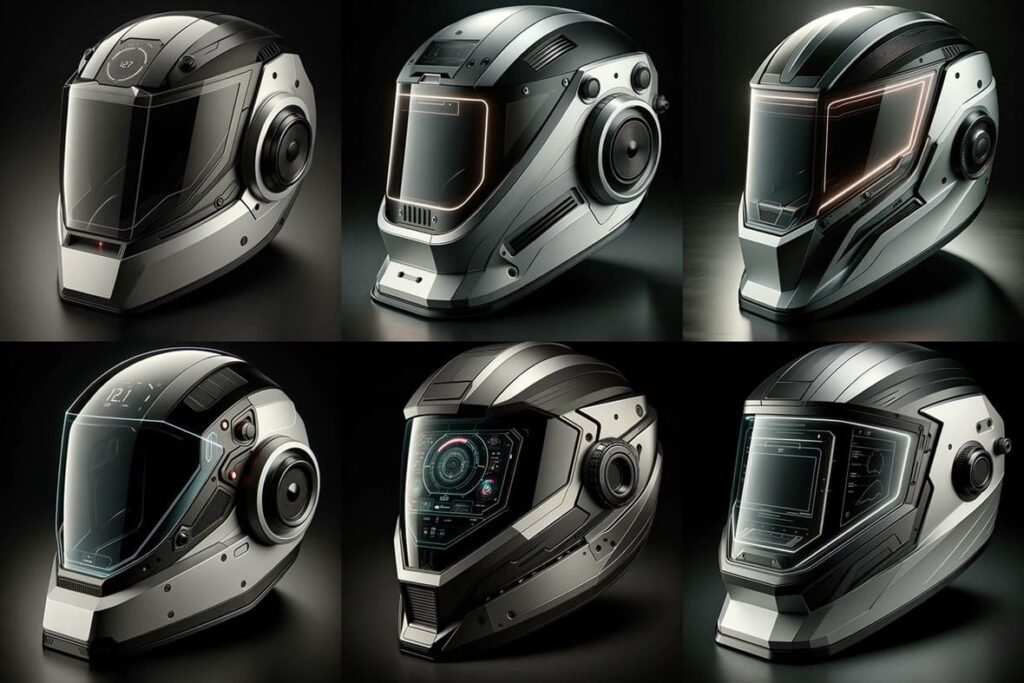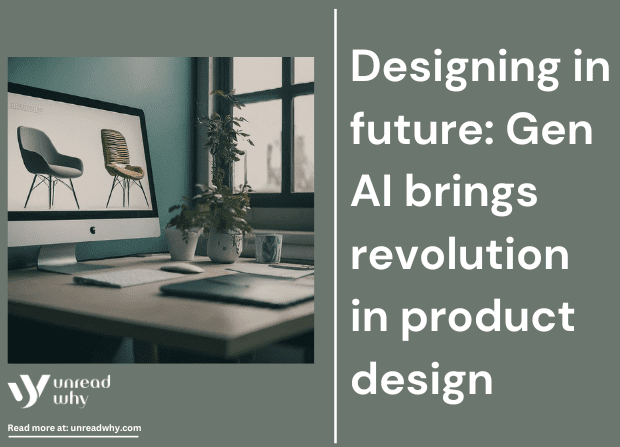Imagine a world where product designers collaborate with artificial intelligence (AI) to analyse wide datasets, work on innovative ideas, and craft optimised designs with unparalleled precision. This is not a glimpse into the future but a current reality. We are already living in an era where technology is seamlessly integrated into our daily lives and reshaping it. The trend of AI in product design is becoming famous in the industrial sector, as it is already helping companies streamline their workflows and craft refined and cutting-edge products.
AI in product design
Industry 4.0 is ushering in the era of digitalisation. Every industrial work, including product design, product manufacturing, operations, business models, machines and many more, is digital in this era. We are entering the advanced era of digitalisation, where AI is integrated into the institutional design curricula to ensure proper training of the students in their digital design skills.
Alex Burnap, the assistant professor of marketing at the Yale School of Management, said that big data helps them to understand demographics and customer’s values to match them with the product design. AI can help predict which product features and designs will be most appealing and effective for creating satisfaction among customers. Even the machine learning (ML) algorithm precisely understands the customer’s needs and preferences, to translate into a product design.
The food sector has also started to use generative AI to improve their R&D. PepsiCo improved their connection with customers by using AI to connect different data sources. Through the generative AI, PepsiCo became able to be updated about the nutrition profiles of their customers to offer them drinks as per their health needs. Not only this, the technologies of Industry 4.0 can also generate a cyber-physical environment to design and manufacture wood products.
The Gen AI is estimated to unlock $60 billion in productivity. Integration of Gen AI in industrial design can help to meet cost-effectiveness within the efficient project timelines. The manufacturing sectors are shifting to use machine learning (ML) with user experience (UX) to modify the dynamic requirements of customers and improve the interaction process between the customers and digital or physical materials.
Gen AI’s role in streamlining product design

The first stage is the prompt design of the product in which the Gen AI helps to structure the prompt. In the second stage of prompt progression, iterative interaction is built with tools like Midjourney and Vizcom to discover aesthetic treatments, realistic concepts of designs and visualization of product scenarios. In the final stage, the ideas created by AI are taken and turn them to real-world and practical designs through 3D computer models.
Does Gen AI replace designers?
No, Gen AI doesn’t replace designers; it empowers them. In a survey (1), 65% of CEOs have highlighted that they use Gen AI in their product design process every day, but they need humans to infuse creativity and the final approval of products to ensure exceptionality. Design experts are needed to approve the technological use of computer-aided design (CAD) and 3D printing, augmented reality (AR), and virtual reality (VR) to deliver business value every time. There are dozens of data in AI tools and AI-generated images, and therefore, in industrial design, experts are essential to identify the best concept to make the final design which suits the user’s demands.
FAQ
Can AI predict customer preferences to translate into product design?
Yes. AI can help predict which product features and designs will be most appealing and effective for creating satisfaction among customers. Even the machine learning (ML) algorithm precisely understands the customer’s needs and preferences, to translate into a product design.
Is Gen AI going to replace humans?
No, Gen AI doesn’t replace designers; it empowers them. In a survey, 65% of CEOs have highlighted that they use Gen AI in their product design process every day, but they need humans to infuse creativity and the final approval of products to ensure exceptionality.
How is AI empowering the food sector?
The food sector has also started to use generative AI to improve their R&D. PepsiCo improved their connection with customers by using AI to connect different data sources.
What are the three stages of AI product design?
The first stage is the prompt design. The second stage is prompt progression. In the final stage, the ideas created by AI are taken and turn them to real-world and practical designs through 3D computer models.
Which AI tools are used in industrial designs?
Design experts use computer-aided design (CAD) and 3D printing, augmented reality (AR), and virtual reality (VR) to deliver business value every time.


